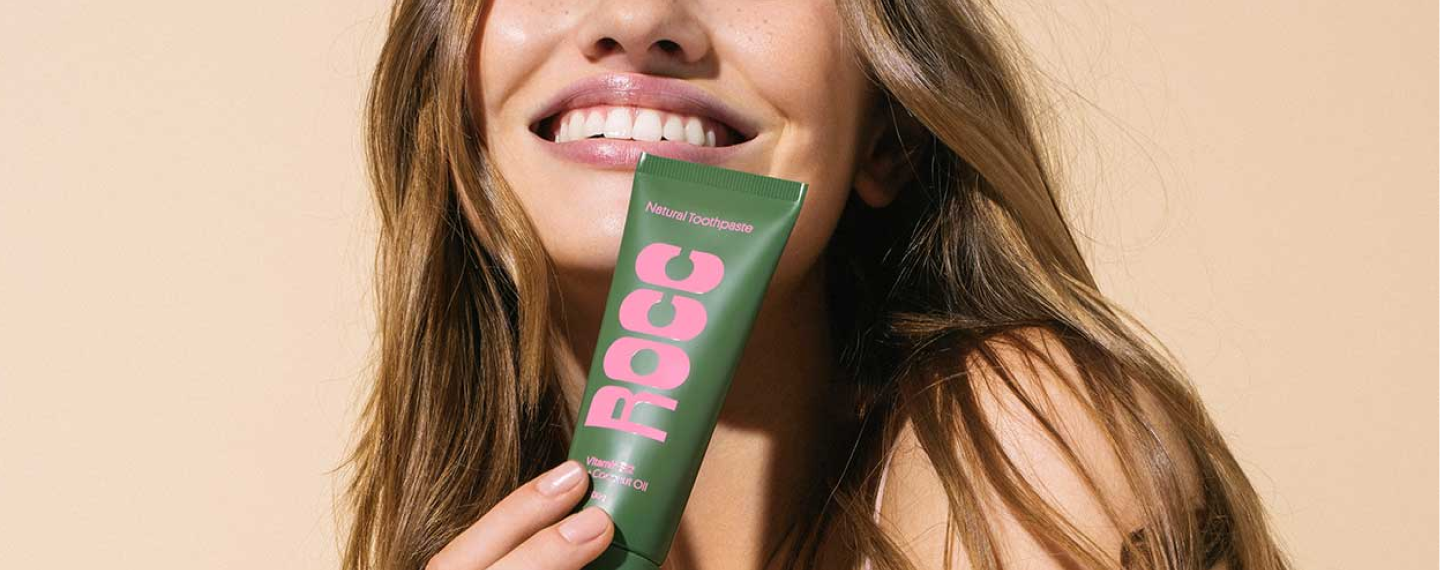Espresso, almond flat white, piccolo or large decaf oat latte? Whatever your caffeine hit is in the morning (and perhaps again at that 3 pm slump), it doesn’t mean you need to forgo it on the quest for Hollywood-like white teeth.
There’s a lot you can do to keep your teeth free of stains without giving up your coffee; let’s take a look.
What causes coffee-stained teeth?
Tannins are the primary culprit for coffee-stained teeth. Tannins are in tea and our other favourite drink, red wine too.
Enamel is the hard covering of teeth that protects them from decay and damage. But there are tiny pores in enamel, so small substances — like tannins — can get stuck in them. Tannins are brown. So when they get stuck in pores, your teeth can start to look a yellowish-brown color.
Before you completely ban coffee, wine and tea from your life, keep in mind that tannins have redeeming qualities. Tannins are a type of polyphenol, a plant-based antioxidant.
Three top tips to remove coffee stains from your teeth:
1. Whitening Toothpaste
Whitening toothpaste contains abrasives that actively scrub and remove debris and stains from the tooth to reveal your natural tooth colour. The downside of this method is that the abrasive can scrape off some of your protective enamel - make sure you look for an option with fluoride or hydroxyapatite to protect and rebuild enamel. Aim to brush for two minutes a day, twice daily, for best results.
2. Use a whitening pen, but make it PAP
Most whitening pens (and strips) contain hydrogen peroxide, which is the agent that removes stains. Yes, they work, but the downside is hydrogen peroxide can cause dental sensitivity and changes in your oral microbiome (bacteria). The good news? It’s called PAP (short for Phthalimidoperoxycaproic), a new and safer substitute for hydrogen peroxide. In a recent study, PAP proved to be equal in performance but had no adverse effects on the tooth structure.
“PAP-based products were harmless to the teeth enamels, while Hydrogen Peroxide gels would cause the damage of teeth enamel, and finally led to the teeth allergy.”
3. Quality Oral Care
Your Mum was right. Taking care of your teeth is the best way to protect that smile. Brush twice daily for two minutes, floss daily, and see your dentist for a check-up regularly. It may not solve all of your discolourations, but it will keep your gums and teeth healthy.



